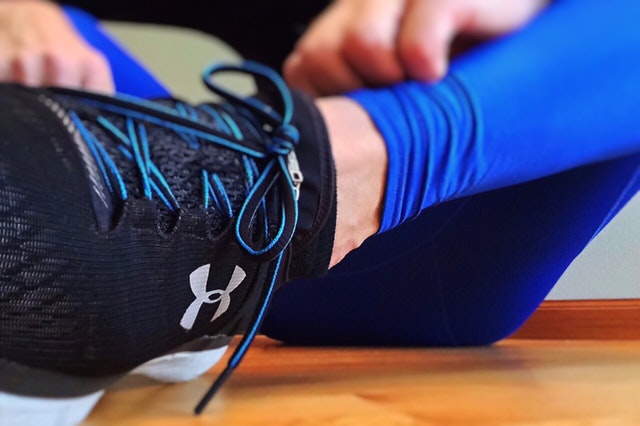
Varicose veins can be more than a cosmetic problem. Some people also experience uncomfortable symptoms with their varicose veins, such as pain and swelling of the lower extremities. If you are concerned about swelling in you lower leg and foot, it might help to know why this symptom often coincides with the appearance of varicose veins.
Causes of Varicose Veins
The most common cause of varicose veins is an underlying condition known as venous insufficiency. Venous insufficiency occurs when the tiny valves inside the veins become damaged or wear out. Because these valves are responsible for keeping blood flowing in a single direction to the heart, if they wear out, they can lead to pooling of blood inside the vessel. This pooling can then result in swelling of the vein and the appearance of varicose veins.
While varicose veins are often the first concern you see with venous insufficiency, they are merely a visible sign of a bigger vascular problem. Pooling blood increases pressure inside the vessels, which in turn can lead to swelling of the lower extremity. The problem is usually more pronounced after long periods of standing or sitting, because these are times when circulation becomes even more sluggish. Elevation of the legs is often enough to relieve swelling and any accompanying discomfort.
Swelling Concerns
Swelling can also occur for more serious reasons, however. In some cases, leg swelling can indicate a condition known as deep vein thrombosis or DVT. DVT occurs when a blood clot forms in one of the deep veins of the body, usually the leg. The blood clot can break free from its original location and travel through the bloodstream to the lungs, where it can result in a pulmonary embolism. Pulmonary embolism is a potentially life-threatening condition that blocks blood flow to the lung and requires emergency medical treatment.
When swelling is caused by DVT, it might be accompanied by leg cramps, redness or a feeling of warmth in the area of the affected vessel. DVT should be evaluated and treated as soon as possible to reduce the risk of a pulmonary embolism. In many cases, medication is sufficient treatment for dissolving the clot and eliminating the danger.
Because it is difficult to know the precise reason behind leg swelling without a full vascular evaluation, it is a good idea to see a vein specialist when you begin to notice this symptom. If the culprit of the swelling turns out to be varicose veins, there are a number of minimally-invasive treatments available today that can effectively eliminate the varicose veins and their accompanying symptoms.
At Incredible Veins Skin & Body, we have the equipment and expertise to accurately diagnose the cause of your leg swelling and recommend the best treatment for your specific needs. To learn more, contact the staff at Incredible Veins Skin & Body at 818-446-2995.




